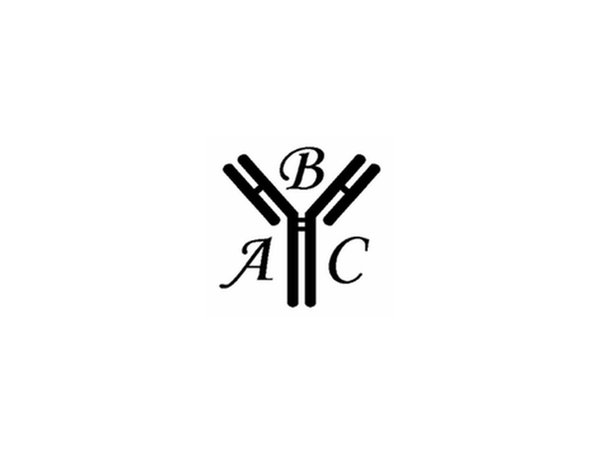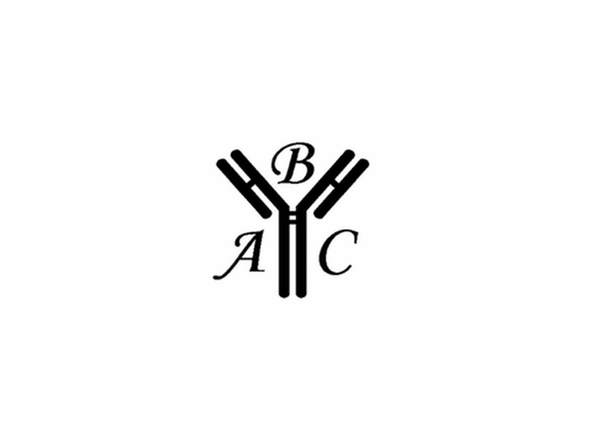Rabbit Anti-CML (Carboxymethyl-lysine) Affinity Pure, 30% glycerol | ABMC-A21
- SKU:
- ABMC-A21
- Availability:
- Usually shipped in 5 working days
Description
Rabbit Anti-CML (Carboxymethyl-lysine) Affinity Pure, 30% glycerol | ABMC-A21
| Host Species: | Rabbit |
| Concentration: | 1 mg/ml (OD 1.35 / 280 nm) |
| Antigen: | CML-KLH |
| Purification: | Affinity purified |
| Buffer: |
75 mM Sodium Phosphate, 75 mM NaCl, 0.5 mM EDTA, 0.02% NaN3, pH 7.2. 30% glycerol. |
| Specificity |
Specifically binds to CML modified proteins. Dilution for immunoblot and ELISA range: 1,000 to 20,000. (A slight amount of precipitation may have occurred during storage due to the natural properties of these antibodies; please centrifuge before use.). |
| Use: | The antibody can be used for detection of CML in plasma, lipoproteins, and other proteins, immunoassays, immunoblots, enzyme conjugation, or biotinylation. |
| Storage: | -20°C for long-term storage, 4°C for short- term storage. Aliquot to avoid repeated freezing and thawing. |
*These products are for research or manufacturing use only, not for use in human therapeutic or diagnostic applications.
IMPORTANCE
The initial step in AGE formation is the nonenzymatic attachment of sugar aldehydes or ketones to the side chains of lysine, arginine, and possibly histidine (Vlassara et al., 1994). The lysine ε-amino-derived glycation product, or Schiff base, rearranges to form a more stable amino ketone intermediate known as the Amadori product. The presence of the Amadori product (Nagai et al., 1997), indicative of active glycation, can be demonstrated by its reduction to a stable epimeric mixture of 1-glycitol-lysine and 1-mannitol-lysine, known collectively as hexitol-lysine (HL).
Immunocytochemical and biochemical studies have suggested that one particular AGE, Nε-(Carboxymethyl)lysine (CML) is the major AGE that accumulates in vivo. Elevated serum levels of CML are detected in patients with diabetes mellitus (Schleicher et al., 1997) and CML is increased in the vascular tissues of diabetic rodents and humans (Meng et al., 1998).











